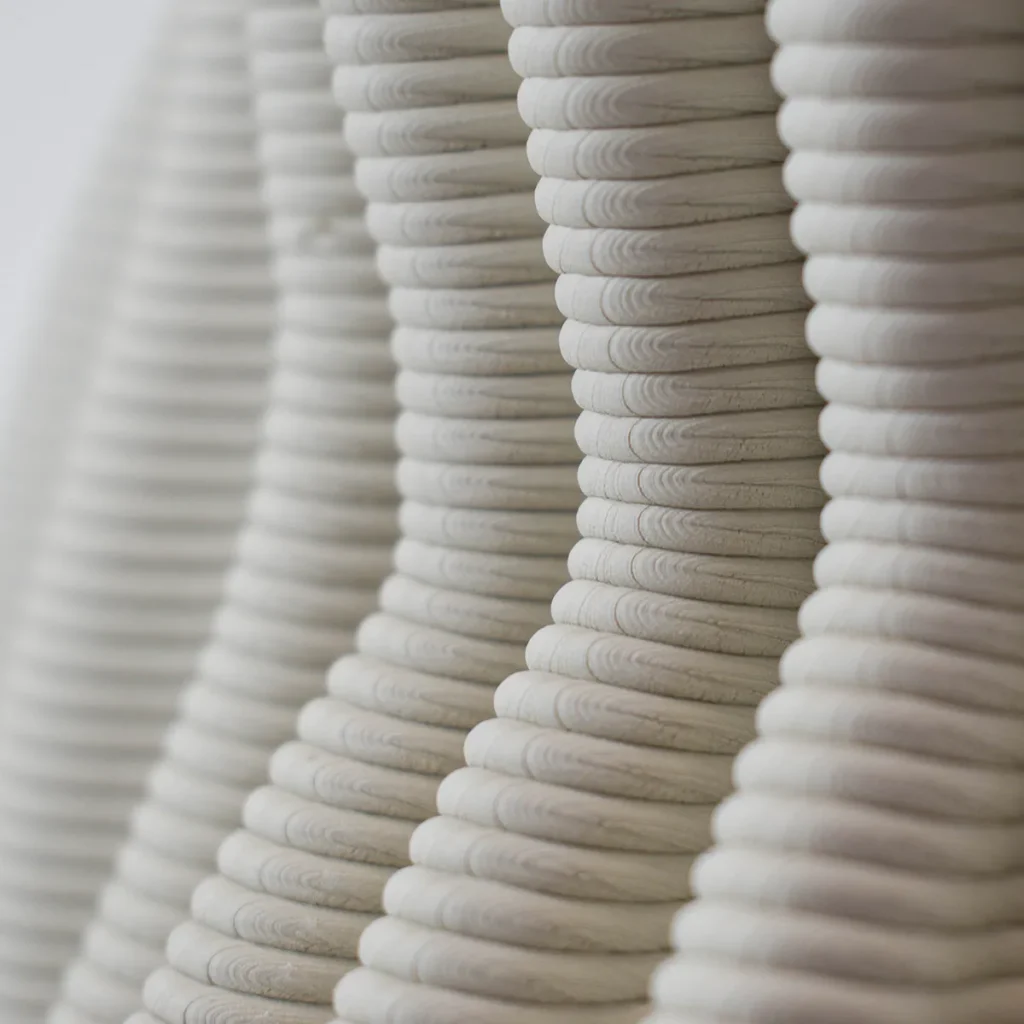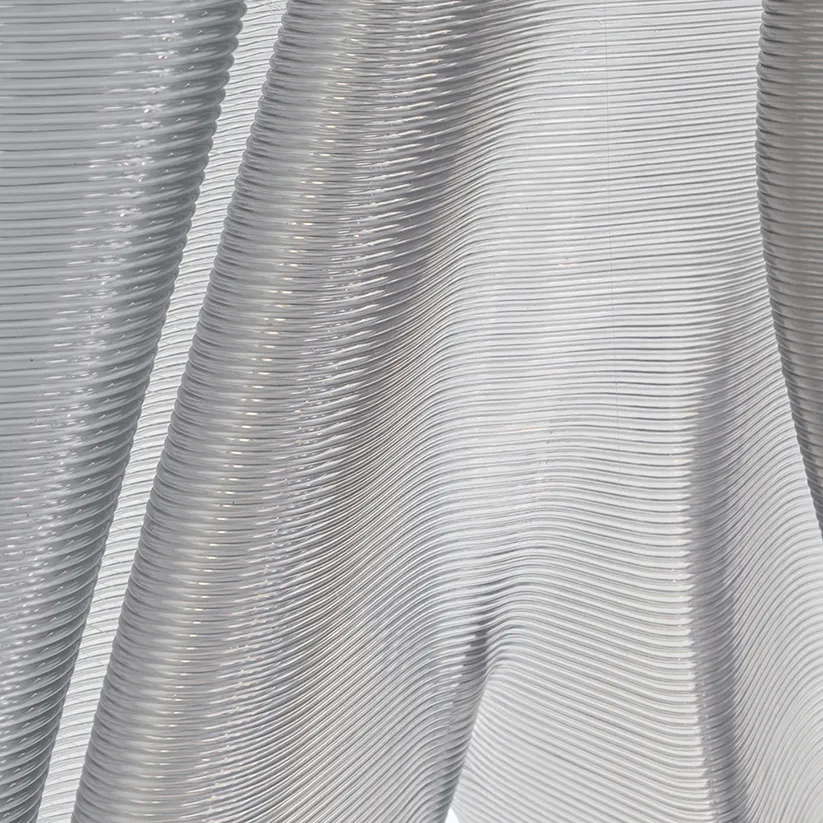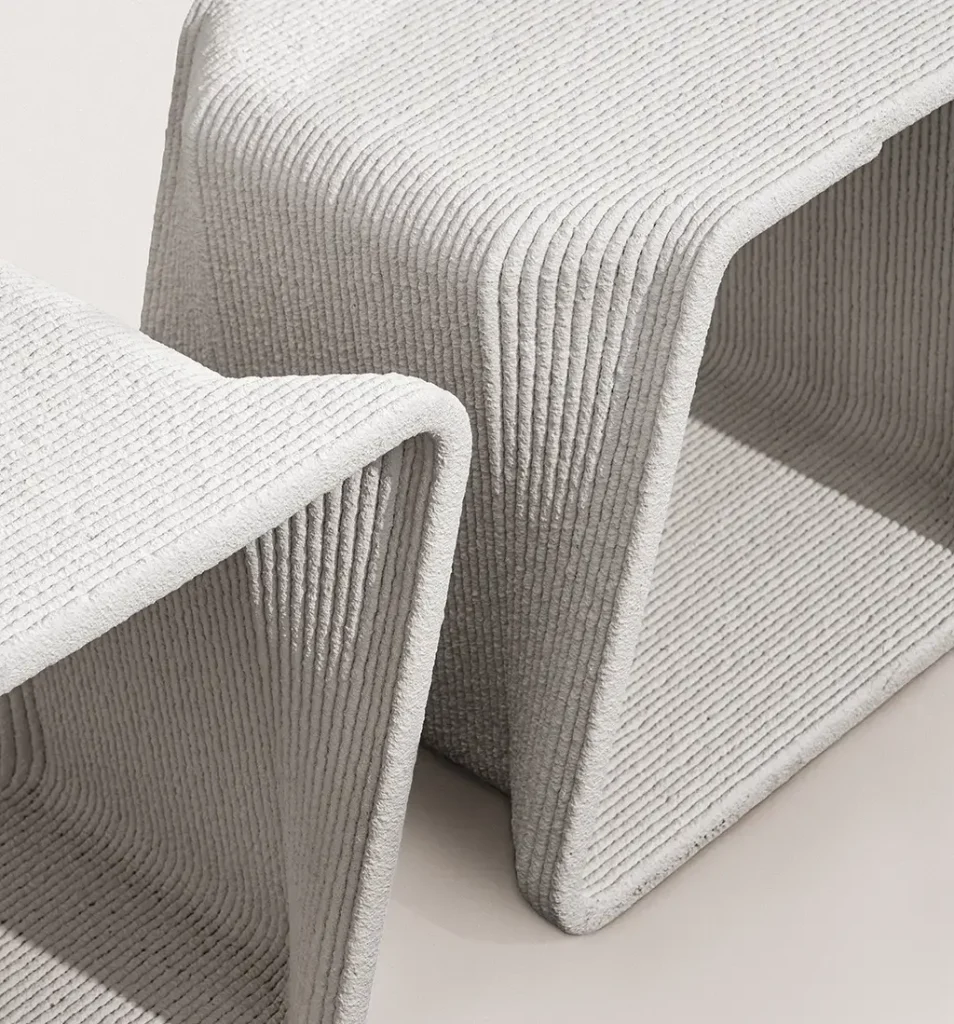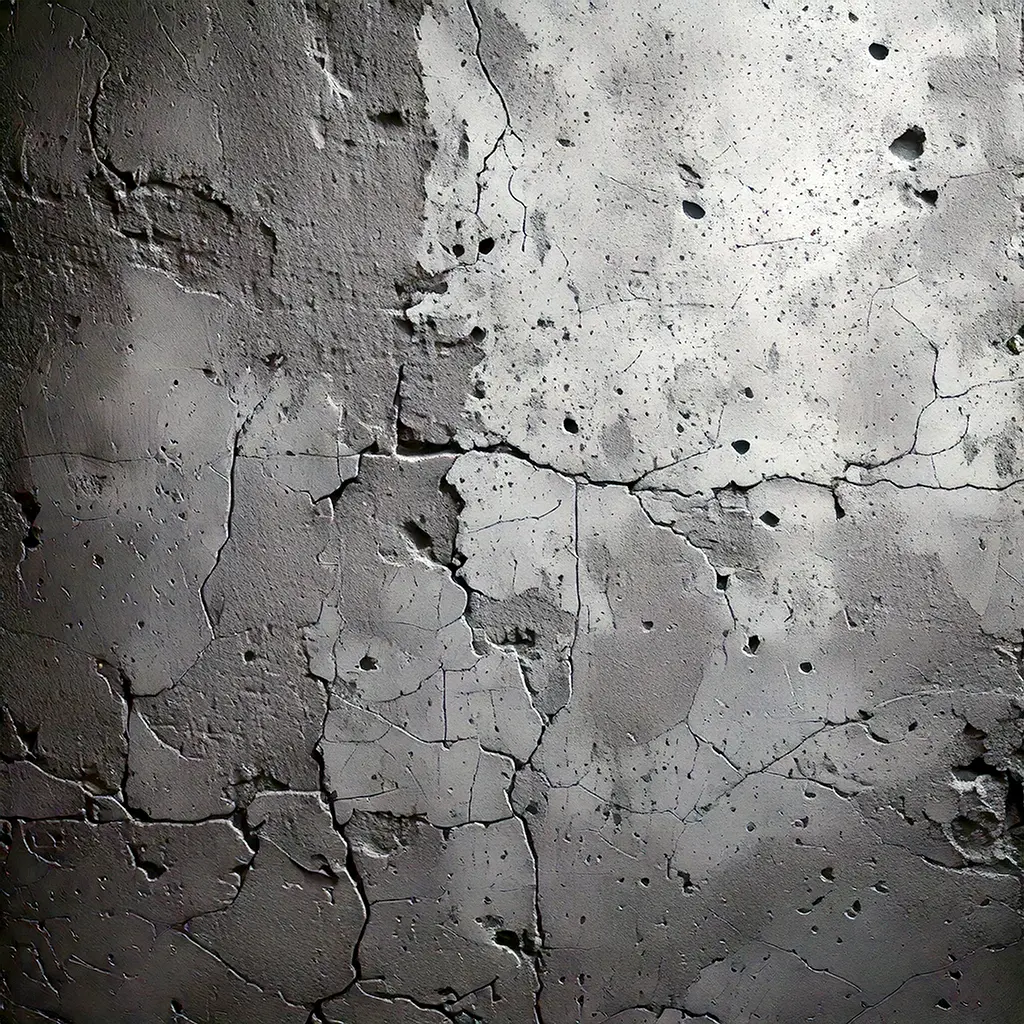TOWARDS INDUSTRIAL CIRCULARITY
Pioneering a circular future with materials that are born to be reborn. Printed / shredded / reprinted


Clay
Clay is a natural material composed of fine-grained minerals, known for its low environmental impact when extracted and for being biodegradable, making it eco-friendly when no longer used.


Polymers
PTG is a thermoplastic and a variant of PET (polyethylene terephthalate) that has been modified with glycol to improve its properties, such as transparency, impact resistance, and ease of 3D printing.


Concrete
Lorem ipsum dolor sit amet, consectetur adipiscing elit, sed do eiusmod tempor incididunt ut labore et dolore magna aliqua dolor sit amet, consectetur adipiscing elit, sed do eiusmod.
